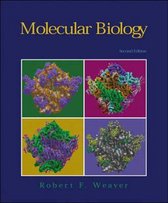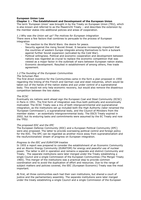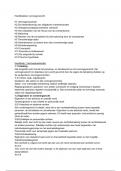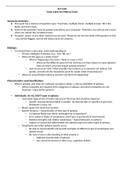Resume
Summary Molecular Cloning Methods
- Cours
- Établissement
- Book
Molecular cloning is a fundamental technique in molecular biology used to replicate and manipulate DNA fragments. It involves creating multiple identical copies of a specific DNA sequence, typically a gene, and inserting it into a vector (often a plasmid) for further study or manipulation. Here's a...
[Montrer plus]








